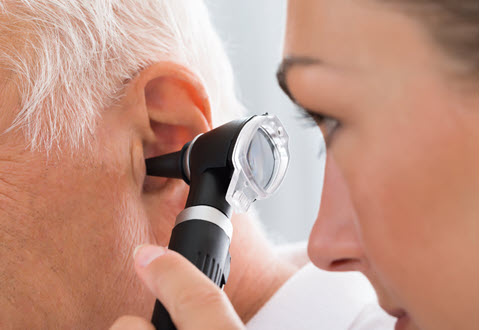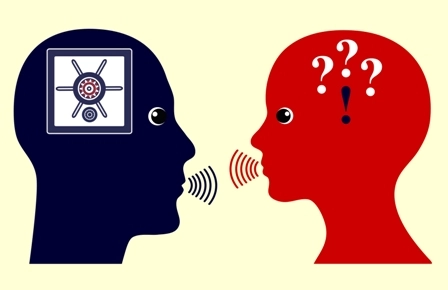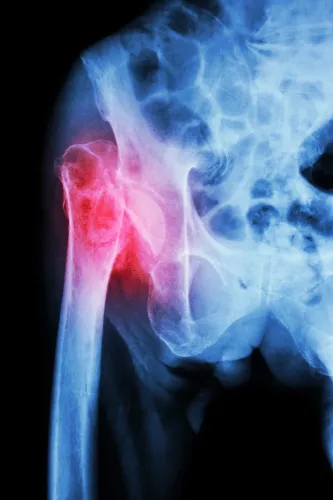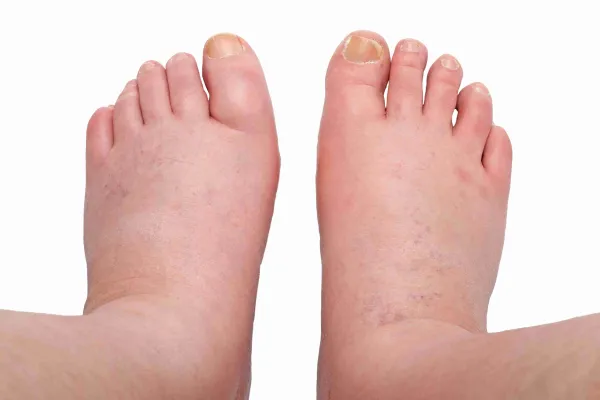Depth, Instrumentation Separate Cerumen Removal Codes
Do you know how the provider typically diagnoses impacted cerumen? When a patient reports to the ED with cerumen, one of three things is likely to happen to treat the condition. Like almost all ED presentations, there will be an evaluation and management (E/M) service. Depending on the E/M results, there could be more CPT® coding — or that could be the end of it. Check out this rundown of how you’ll code most of the ED presentations for cerumen removal. E/M First … and Maybe Last When the patient reports, your provider will automatically perform an ED E/M, which will include a check on the patient’s cerumen among other elements. “Impacted cerumen can be diagnosed via an E/M by direct visualization with an otoscope,” explains Brenda Stevens, COC, CPC, CDEO, CPMA, CRC, CPC-I, CMC, CMIS, CMOM, 2022 AAPC Chapter Association BOD Chair (AAPCCA BOD Region 2 Atlantic: PA, NJ, DE, MD), auditor/coder/educator at medKoder in the Philadelphia area. The otoscope “lets you see a little deeper into the ear and provides a little magnification,” explains Marcella Bucknam, CPC, CCS-P, COC, CCS, CPC-P, CPC-I, CCC, COBGC, revenue cycle analyst with Klickitat Valley Health in Goldendale, Washington. The otoscope use isn’t separately codeable; it is considered part of the ED E/M codes. If the provider diagnoses impacted cerumen, they might have to perform another codeable service in order to treat the condition. If the can remove the cerumen without tools — or with minimal instrumentation such as a swab — you should roll all of the work into the E/M service and choose an appropriate code from the 99281 (Emergency department visit for the evaluation and management of a patient, which requires these 3 key components: A problem focused history; A problem focused examination; and Straightforward medical decision making.) through 99285 (Emergency department visit for the evaluation and management of a patient, which requires these 3 key components within the constraints imposed by the urgency of the patient’s clinical condition and/or mental status: A comprehensive history; A comprehensive examination; and Medical decision making of high complexity.) code set. “If the cerumen can simply be wiped away with a swab it is not impacted,” Bucknam explains. Use 69209 for Removal With Irrigation If the provider examines the patient and decides that the cerumen is impacted, an ED E/M likely won’t cover the service. For a less conservative treatment modality, the provider might opt for cerumen removal with irrigation/lavage, which you’d report with 69209 (Removal impacted cerumen using irrigation/lavage, unilateral). Remember: In order to report 69209, you’ll need a diagnosis of impacted cerumen, as the CPT® descriptor indicates. The ICD-10 codes that you’d report for impacted cerumen are: According to Stevens, common symptoms of impacted cerumen include earache and hearing loss. The Mayo Clinic also lists these as possible symptoms of impacted cerumen: Example: A patient presents to the ED with left ear pain and some hearing loss. The provider inspects the ear and discovers impacted cerumen. Notes indicate a level-three ED E/M service. They then perform ear lavage. For this encounter, you’d report: “If there is no sign of infection, that’s it. If there is an ear infection a prescription might be needed,” explains Bucknam. “Typically ear lavage would be performed by a nurse or MA [medical assistant] as it is a simple procedure.” Instrumentation Means Upping Your Coding Level If irrigation or lavage won’t flush out the cerumen, then the provider might have to resort to instrumentation, which will mean a different CPT® code. Whenever the provider removes impacted cerumen with instrumentation, you’ll report 69210 (Removal impacted cerumen requiring instrumentation, unilateral). According to Stevens, the instrumentation you’ll likely see on 69210 claims are forceps, suction, or curettes. The provider might use lavage or irrigation in conjunction with the instrumentation, but that is not separately codeable. Consider this example from Bucknam: Example: A patient presents with right ear pain and hearing loss. During a level-three E/M service, the provider inspects the ear with an otoscope and discovers impacted cerumen. Encounter notes indicate that the cerumen is dry, hardened, and discolored. Due to the hardness of the cerumen, the provider uses a curette to remove it. For this claim, you’d report:





